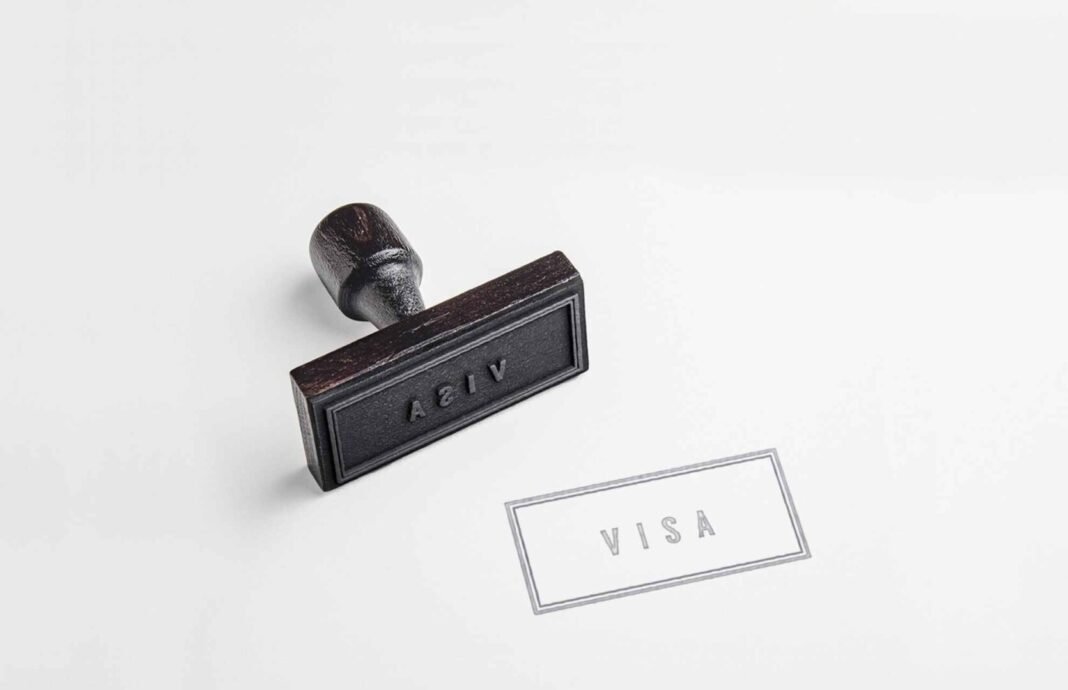Authorities have issued an alert for dense fog that has settled over the region, causing significantly reduced road visibility. In response, speed limits have been temporarily lowered to ensure the safety of all drivers. As fog can create hazardous driving conditions, motorists must take extra precautions. Here are nine essential tips to help you navigate safely through the fog and beat the blur.
Fog Alert and Speed Limits Reduction
The meteorological department has reported a thick fog covering the region, leading to poor visibility on major highways and roads. As a result, traffic authorities have decided to reduce the speed limit to mitigate the risk of accidents. Drivers are urged to adhere to the new speed limits and exercise heightened caution while traveling.
The Dangers of Driving in Fog
Fog can drastically reduce visibility, making it challenging for drivers to see other vehicles, road signs, and obstacles. This can lead to an increased risk of collisions and accidents. Additionally, fog can create a sense of disorientation and cause drivers to misjudge distances and speeds. Taking the necessary precautions can minimize these risks and ensure your safety on the road.
Beat the Blur: 9 Essential Tips for Safe Navigation
To help you navigate safely through foggy conditions, here are nine essential tips:
1. Reduce Your Speed
When driving in fog, it’s important to reduce your speed to give yourself more time to react to any obstacles or sudden changes in the road. Lowering your speed also helps to maintain a safe distance from other vehicles.
2. Use Low-Beam Headlights
Always use your low-beam headlights when driving in fog. High-beam headlights can reflect off the fog and create a glare, making it even more difficult to see. Low-beam headlights provide better visibility and help other drivers see you.
3. Keep a Safe Distance
Maintain a greater following distance from the vehicle in front of you. This extra space provides more time to react if the car ahead suddenly slows down or stops. The rule of thumb is to keep at least three seconds of distance between your car and the one in front of you.
4. Use Fog Lights if Available
If your vehicle is equipped with fog lights, use them in conjunction with your low-beam headlights. Fog lights are designed to cut through fog and improve visibility. However, do not use them in clear conditions as they can blind other drivers.
5. Avoid Sudden Movements
Sudden movements, such as quick lane changes or abrupt braking, can lead to accidents in foggy conditions. Make gradual and deliberate movements to maintain control of your vehicle and avoid startling other drivers.
6. Use Road Markings as a Guide
In low visibility, use the road markings to help you stay in your lane and maintain a safe position on the road. Follow the white lines on the sides of the road to ensure you are not drifting into another lane or off the road entirely.
7. Turn on Your Defroster
Fog can cause your windows to fog up, further reducing visibility. Use your defroster to clear the windows and ensure you have a clear view of the road. Set the defroster to a comfortable temperature and adjust the airflow to keep the windows clear.
8. Avoid Using Cruise Control
Cruise control is not suitable for driving in foggy conditions. It reduces your ability to control your vehicle and respond quickly to sudden changes. Always maintain manual control of your vehicle when driving in fog.
9. Pull Over if Necessary
If visibility becomes too poor and you feel unsafe continuing to drive, find a safe place to pull over and wait for the fog to clear. Turn on your hazard lights to alert other drivers of your presence and stay in your vehicle until conditions improve.
Driving in fog can be challenging, but by following these nine essential tips, you can navigate safely and reduce the risk of accidents. Remember to reduce your speed, use low-beam headlights, and keep a safe distance from other vehicles. Stay alert and exercise caution to ensure a safe journey for yourself and others on the road.
Stay informed about weather conditions and always prioritize safety when driving in adverse conditions. By taking the necessary precautions, you can beat the blur and arrive at your destination safely.






